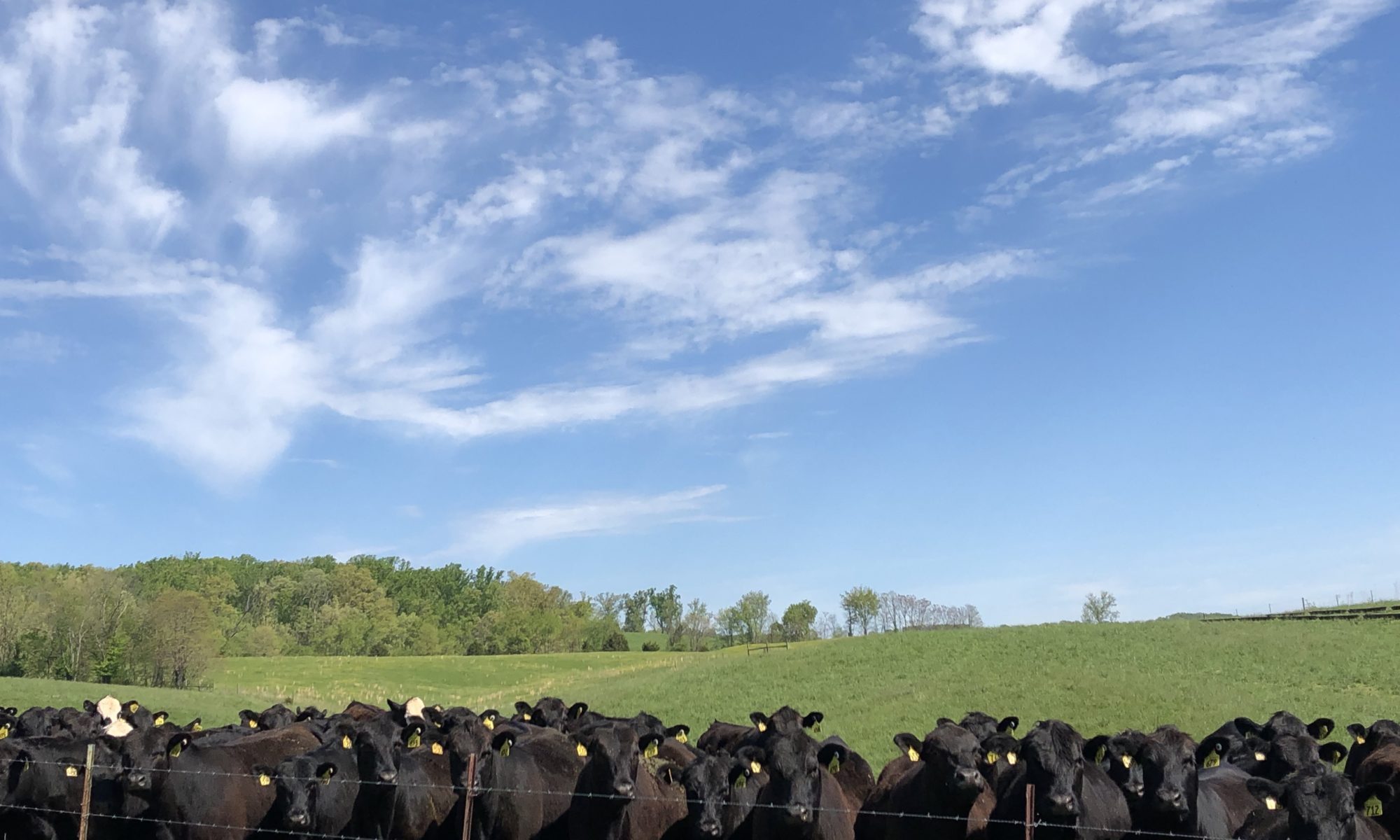

Dr. Gary Bates
Department Head and Professor, Plant Sciences
Director, UT Beef & Forage Center
P: 865-974-7324
Over the course of the last couple of decades there has been an increased interest in producing beef on the farm and direct selling to consumers. It might be as a portion of a carcass or maybe individual cuts, but many consumers have a desire to know who produces their beef and where it comes from. You can count my wife as one of those consumers. 10-15 years ago, we started buying a quarter of a steer from a local producer. I’m not sure my wife would ever go back to buying individual cuts of beef from a grocery store.
Some producers will grow their cattle to the desired weight purely on pasture, while others might supplement the pasture with grain to increase the gain and marbling of their product. Regardless of the method used to produce this beef, there are practices producers can utilize to improve the weight gain and ultimately the quality of their beef.
- Minimize the use of KY-31 infected tall fescue. The endophyte in KY-31 tall fescue produces alkaloids that will impact grazing cattle, including reduced weight gain in growing calves. Research has shown that 500-600 lb steers only gain 1 lb per day on infected tall fescue, compared to 2 lb per day when on orchardgrass or non-infected tall fescue. This is a dramatic difference if you are trying to finish cattle on pasture. One of the first steps to improve cattle weight gain is to provide some other species of forage for the cattle. There are other types of tall fescue that do not have the toxicity issue. Orchardgrass, annual ryegrass wheat, or several other forages can be used. But you need to minimize the amount of infected tall fescue that is grazed by these growing calves.
- Add red and white clover to every grazing pasture. Calf weight gain can be increased by adding legumes to grass pastures. Legumes such as red and white clover will increase the protein and energy content of a pasture, which will result in improved performance. Research has shown that adding clovers can increase the weight gain by ¼ to ½ lb per day. Plan on seeding 2 lb white clover and 4 lb red clover per acre in late February.
- Provide plenty of available forage. Grazing cattle have a remarkable ability to select a high-quality diet. If there is enough forage available in a pasture, an animal might consume a diet that is several percent higher in protein and energy than the average of what is out there. Grazing animals prefer the leaves of grasses and legumes over the stems. Since the leaves have higher energy and protein, letting the animals have selectivity will result in a higher quality diet and better weight gain. This means that you shouldn’t force these animals to graze all of the forage in a pasture but should let them graze the high quality portion of the plants, then move them to another field where more forage is available. You can let cows come in and clean up the field that has been picked over. This principle holds true regardless of the species you are grazing. Letting the animals have a chance to be selective will improve their weight gain.
If you are going to produce high-quality beef on pasture, you can’t use the same forage management as you do with your cow herd. You need to avoid grazing KY-31 infected tall fescue, using other species that will not cause fescue toxicosis. Then add clovers to every field they are grazing. While they are grazing, be sure to not overgraze the field, but give the animals plenty of forage so they can select a high-quality diet. These three forage management factors will have a big impact on your calves performance.
Important date to remember: Feb 24, 2023- Grazing conference, TN Forage and Grassland Council. Lebanon, TN Wilson Co Fairgrounds. 9 am CT. kmason21@utk.edu for more information.